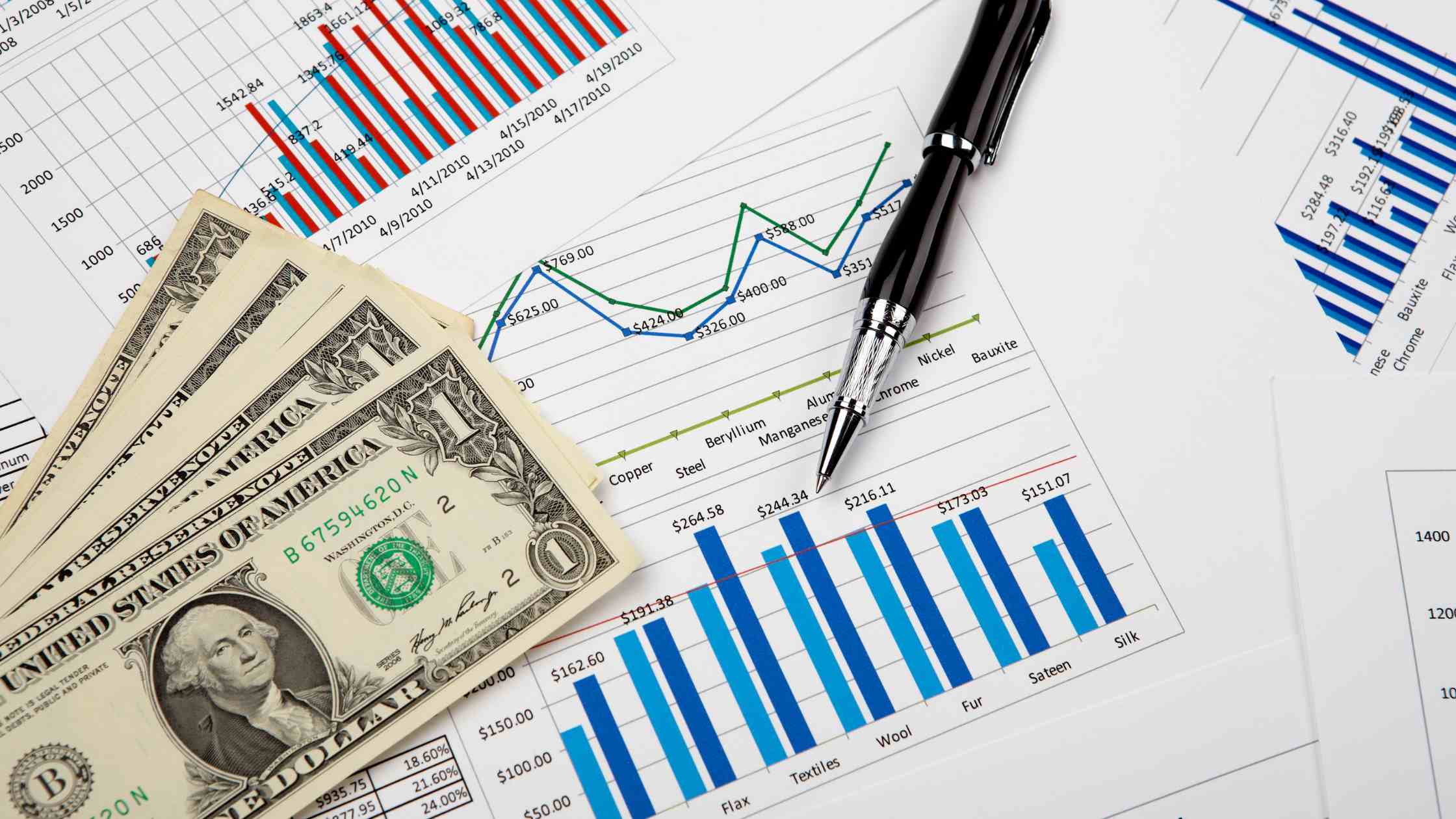Understanding the Scope of Macroeconomics:
Macroeconomics offers a panoramic view of economic systems, delving into the intricacies that govern entire economies rather than focusing on individual transactions. In exploring the scope of macroeconomics, we uncover the vast terrain it encompasses, from the measurement of national income to the analysis of aggregate economic indicators.
This discipline not only scrutinizes the performance and behavior of economies but also explores the policies and mechanisms that shape their trajectory. Join us on a journey to unravel the multifaceted realm of macroeconomics and grasp its significance in comprehending the broader dynamics of economic activity.
What Do You Mean By Macroeconomics?
Macroeconomics is like stepping back to see the big picture of how entire economies operate. Instead of getting bogged down in the details of individual businesses or households, it looks at the broader trends and patterns that shape economic activity.
At the heart of macroeconomics is Gross Domestic Product (GDP), which measures the total value of all goods and services produced within a country’s borders. Think of it as a yardstick for gauging the size and health of an economy.
Unemployment is another big piece of the puzzle. When folks who are eager to work struggle to find employment, it signals underlying issues in the economy. High unemployment rates mean less money circulating, which can put a damper on growth.
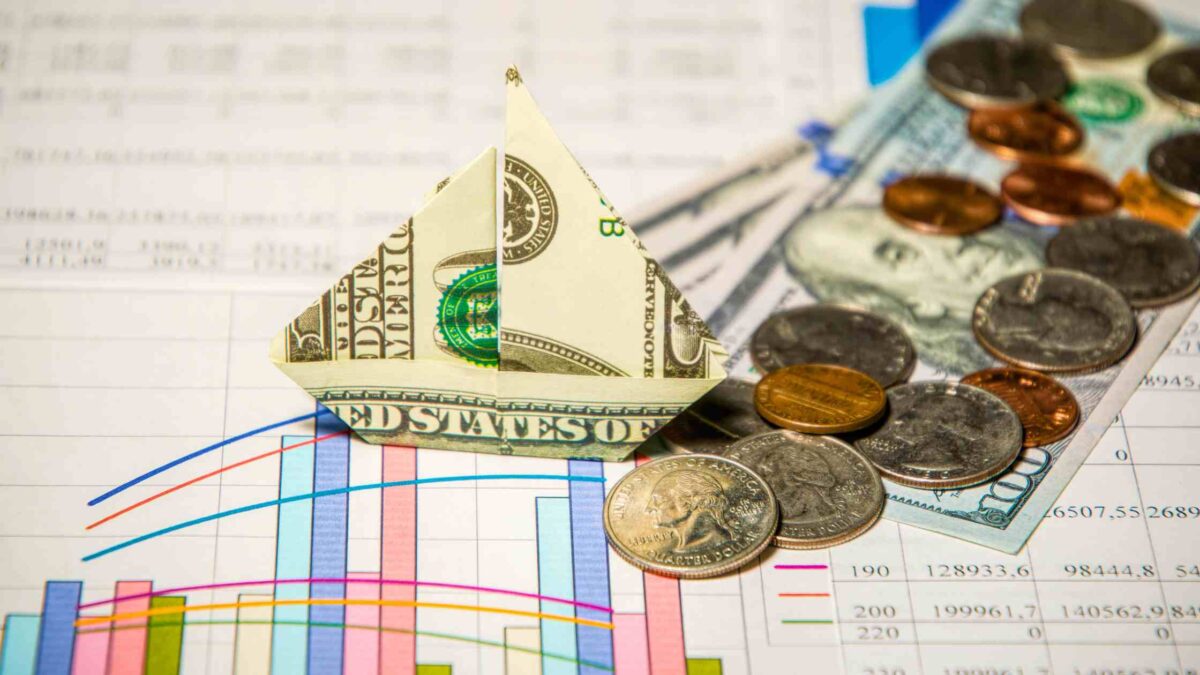
Then there’s inflation, the gradual rise in prices over time. A bit of inflation is normal and can even be a sign of a healthy economy. But if prices shoot up too quickly, it can eat into people’s purchasing power and throw things off balance. Of course, we’re all striving for economic growth—those sustained increases in an economy’s ability to churn out goods and services. It’s like planting seeds for the future, with investments in technology, education, and infrastructure paving the way for prosperity.
To keep these economic gears turning smoothly, policymakers have their hands full with tools like monetary policy (playing with interest rates and money supply) and fiscal policy (pulling levers on government spending and taxes). It’s all about finding that delicate balance to keep inflation in check, unemployment low, and the economy humming along nicely.
So, macroeconomics isn’t just about crunching numbers—it’s about understanding the ebb and flow of economies and figuring out how to steer them toward prosperity.
Scope of Macroeconomics
Macroeconomics is a branch of economics that examines the entire economy as a whole. It delves into various critical aspects that impact the overall economic landscape. Let’s explore its scope in more detail:
Macroeconomic Analysis: Exploring the Dynamics of Economic Systems
National Income and Employment:
Macroeconomics dedicates significant attention to analyzing the national income and employment levels of a country. By examining these key economic indicators, economists gain insights into the overall health and performance of the economy.
National income serves as a measure of the total value of goods and services produced within a nation’s borders over a specified period. It provides a snapshot of the economy’s productive capacity and its ability to generate income for households and businesses.
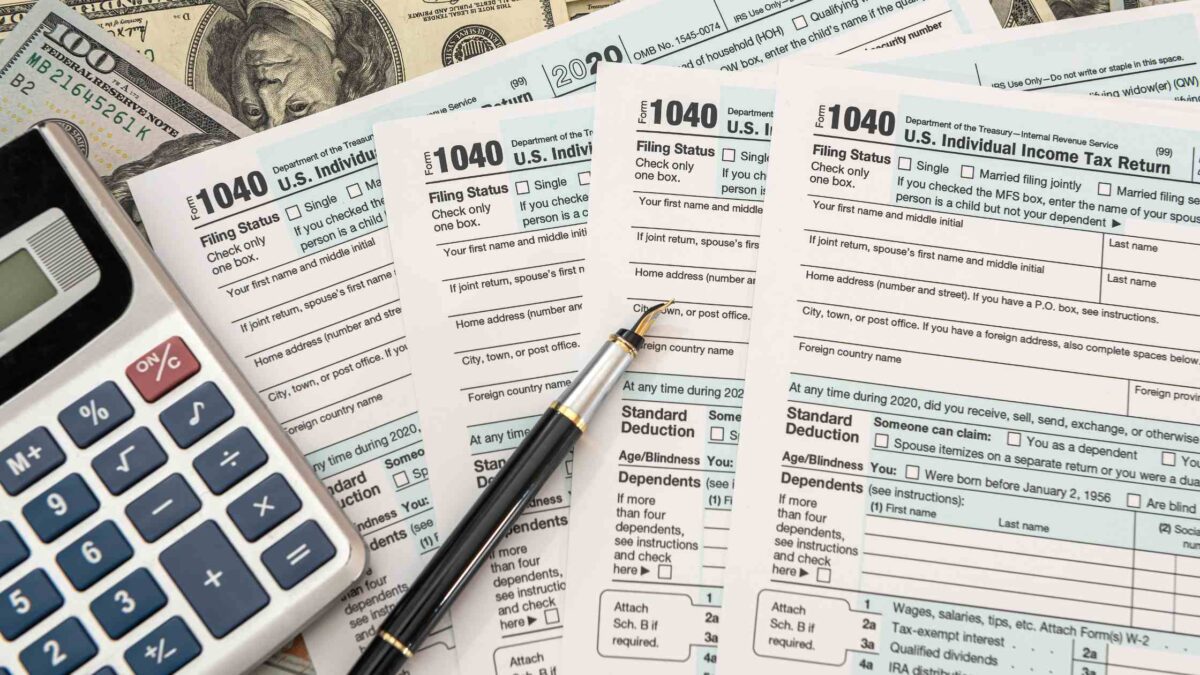
Employment, on the other hand, reflects the number of people actively engaged in the labor force, either by working or seeking employment. Understanding employment levels is crucial for assessing the extent to which labor resources are utilized within the economy. Macroeconomists study various factors that influence employment, including labor market conditions, government policies, technological advancements, and demographic trends.
Moreover, macroeconomics delves into income distribution patterns within society, examining disparities in earnings across different segments of the population. By exploring these issues, economists seek to identify potential barriers to inclusive growth and formulate policies aimed at promoting equitable distribution of income and opportunities. In essence, the analysis of national income and employment provides valuable insights into the overall well-being and economic prospects of a nation’s populace.
Aggregate Demand and Supply:
Within the realm of macroeconomics lies the analysis of aggregate demand and supply, which collectively determine the overall level of economic activity within an economy. Aggregate demand represents the total demand for goods and services by consumers, businesses, government, and foreign buyers. It reflects the willingness and ability of these entities to purchase goods and services at various price levels.
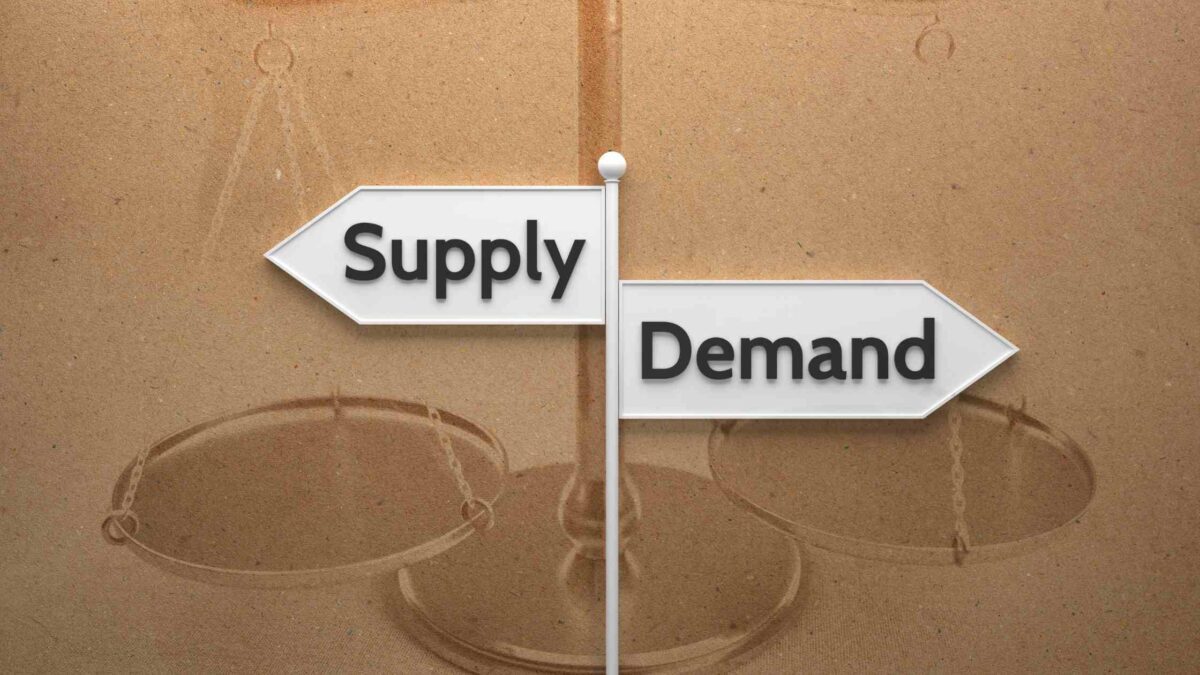
Similarly, aggregate supply reflects the total quantity of goods and services that producers are willing and able to supply to the market at different price levels. The interaction between aggregate demand and supply influences the level of output, employment, and prices in the economy. Macroeconomists analyze factors that affect aggregate demand and supply, such as consumer spending, investment, government policies, technological advancements, and global economic conditions.
Understanding the determinants of aggregate demand and supply is essential for policymakers to formulate effective macroeconomic policies aimed at promoting stable and sustainable economic growth. By closely monitoring changes in aggregate demand and supply, economists can identify potential imbalances or inefficiencies within the economy and recommend appropriate policy interventions to address them.
General Price Level:
In macroeconomics, the general price level refers to the average level of prices for goods and services in the economy. Macroeconomists closely monitor changes in the general price level, as fluctuations can have significant implications for consumers, businesses, and overall macroeconomic stability. Inflation, which is the sustained increase in the general price level over time, is a key concern for policymakers.

Moderate inflation is generally considered healthy for the economy, as it indicates rising demand and economic growth. However, high inflation rates can erode purchasing power, reduce the real value of savings, and distort resource allocation decisions. Conversely, deflation, which is a sustained decrease in the general price level, can lead to falling demand, lower investment, and economic stagnation.
Macroeconomists study the factors that contribute to changes in the general price level, including monetary policy, fiscal policy, supply shocks, and expectations. By understanding the drivers of inflation and deflation, economists can provide policymakers with valuable insights and recommendations for maintaining price stability and promoting sustainable economic growth.
Total Investment and Savings:
Macroeconomics delves into the dynamics of total investment and savings within an economy, recognizing their pivotal role in fostering sustainable economic growth. Investment refers to the expenditure on capital goods, such as machinery, equipment, and infrastructure, aimed at expanding productive capacity and enhancing future output. It plays a crucial role in driving technological innovation, increasing productivity, and creating job opportunities.

Savings, on the other hand, represent the portion of income that households, businesses, and governments set aside for future consumption or investment purposes. Savings serve as a source of funds for investment, enabling businesses to finance capital projects and fueling economic growth. Macroeconomists study the determinants of investment and savings behavior, including interest rates, income levels, consumer confidence, and government policies.
Understanding the interplay between investment and savings is essential for policymakers to formulate strategies aimed at promoting long-term economic prosperity. Policies that encourage savings mobilization and investment, such as tax incentives, financial literacy programs, and infrastructure development initiatives, can stimulate economic activity and create favorable conditions for sustainable growth.
Business Fluctuations and Trade Cycles:
The field of macroeconomics investigates the ebbs and flows of business cycles, encompassing periods of expansion and recession. Moreover, it examines the intricacies of international trade and its profound impact on the overall economic landscape.
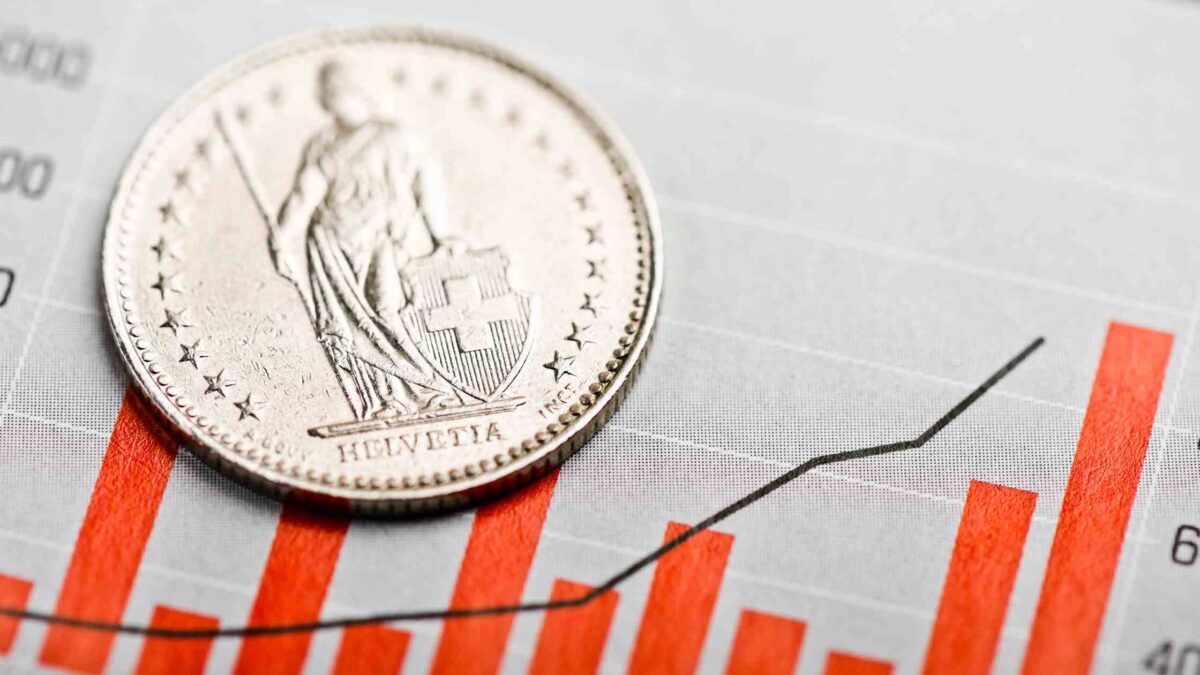
Various factors contribute to business fluctuations and trade cycles, including shifts in consumer confidence, changes in investment spending, fluctuations in international trade, and monetary and fiscal policy actions. Macroeconomists analyze these factors to understand the underlying drivers of economic fluctuations and develop theories and models to predict and mitigate their impact.
International trade also plays a significant role in shaping business fluctuations and trade cycles. Changes in global demand, trade policies, exchange rates, and supply chain disruptions can affect a country’s economic performance and contribute to fluctuations in output and employment. Macroeconomics examines the implications of international trade on domestic economies and explores strategies to enhance resilience and stability in the face of external shocks
Government Revenues and Expenditures:
Within the scope of macroeconomics lies the analysis of government revenues and expenditures, which encompass the financial activities of the public sector. Governments collect revenues through various sources, including taxes, fees, and non-tax revenue, to finance public goods and services and meet their expenditure obligations.

Macroeconomists analyze government revenues and expenditures to assess fiscal sustainability, evaluate the effectiveness of fiscal policies, and make recommendations for improving fiscal management. They examine the impact of government spending and taxation on economic growth, income distribution, inflation, and public debt levels.
Moreover, macroeconomics explores the role of fiscal policy in stabilizing the economy during periods of economic downturns or inflationary pressures. Governments use fiscal policy tools, such as changes in tax rates, government spending, and transfer payments, to influence aggregate demand, stimulate economic activity, and achieve macroeconomic objectives. By understanding the dynamics of government revenues and expenditures, policymakers can design fiscal policies that promote economic stability, growth, and social welfare.
Overall Behavior of Prices and Money:
At the core of macroeconomic analysis lies the study of price behavior across various sectors and the quantity of money circulating within the economy. Macroeconomists examine the determinants of prices, including production costs, demand and supply conditions, and market structure, to understand inflationary pressures and price dynamics.
Moreover, macroeconomics investigates the role of money in the economy and its impact on economic activity, inflation, and interest rates. Money serves as a medium of exchange, a unit of account, and a store of value, facilitating transactions and enabling economic transactions to take place.

Macroeconomists analyze the behavior of money supply, money demand, and the velocity of money to understand the transmission mechanisms of monetary policy and their effects on the economy. Changes in the money supply, orchestrated by central banks through monetary policy instruments such as open market operations and reserve requirements, can influence interest rates, investment, consumption, and aggregate demand.
By studying the overall behavior of prices and money, macroeconomists gain insights into the functioning of financial markets, the effectiveness of monetary policy, and the macroeconomic determinants of economic stability and growth. Understanding these dynamics is essential for policymakers to formulate
In summary, macroeconomics provides a multi-dimensional approach to understanding the broader economic context. It plays a crucial role in shaping economic policies, development strategies, and overall progress.
Whether it’s managing inflation, promoting growth, or ensuring stability, macroeconomics remains at the forefront of economic analysis123.
Some Sources:
- 10 Best Essential Business Management Techniques You Need to Know
- Maximize Efficiency and Growth: Expert Product and Service Management Solutions
- Why Macroeconomics is the study of the economy as a whole – Best Info
- Understanding Supply and Demand: A Comprehensive Explanation
- The Nature and Scope of Macroeconomics- A Best Guide
FAQ
What is macroeconomics in simple words?
Macroeconomics, simply put, is the study of the big picture of economics. It focuses on understanding how entire economies work, including factors like national income, unemployment, inflation, and economic growth. Instead of looking at individual businesses or people, macroeconomics zooms out to analyze the behavior and performance of the economy as a whole.
What are the 5 concepts of macroeconomics?
The five key concepts of macroeconomics are:
*Gross Domestic Product (GDP)
*Unemployment
*Inflation
*Economic Growth
*Fiscal and Monetary Policy
What are the 3 main goals of macroeconomics?
The three main goals of macroeconomics are:
Promoting Full Employment: Ensuring that all willing and able individuals who seek employment can find suitable jobs.
Achieving Price Stability: Maintaining stable prices to prevent excessive inflation or deflation, ensuring the purchasing power of money remains relatively constant.
Fostering Sustainable Economic Growth: Promoting long-term economic growth to improve living standards and enhance overall prosperity.
Why is macroeconomics called?
Macroeconomics is called so because it deals with the study of the economy on a large scale, focusing on aggregate measures such as national income, unemployment rates, inflation, and economic growth. The prefix “macro-” comes from the Greek word “makros,” meaning “large” or “big,” indicating its focus on the overall performance and behavior of an economy as a whole, rather than individual components.
Therefore, macroeconomics is concerned with understanding the broader trends and patterns that shape the entire economy, distinguishing it from microeconomics, which examines the behavior of individual agents such as households, firms, and markets.

